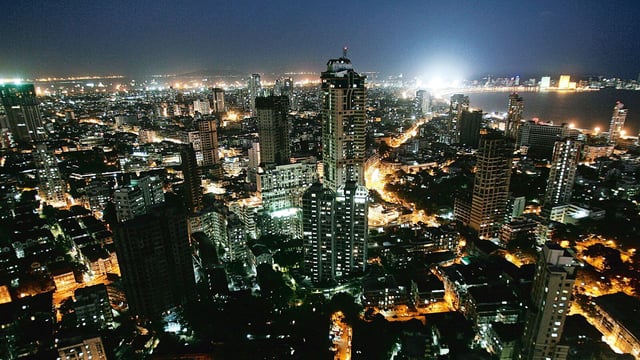Overview
- India’s annual urban capital investment averaged $10.6 billion from 2011–18—just 0.7% of GDP—against an estimated $175–204 billion needed each year through 2050
- With the urban population set to rise from 480 million in 2020 to 951 million by 2050, more than half of required infrastructure and services are yet to be built, presenting a crucial opportunity for low-carbon, resilient design
- Annual losses from pluvial flooding could climb from $4 billion today to as much as $30 billion by 2070 without remedial measures, and worsening heat stress threatens to double heat-related deaths and reduce working hours
- Heat mitigation actions could boost GDP by up to 0.4% and save 130,000 lives annually by 2050, as evidenced by Ahmedabad’s Heat Action Plan, which has prevented 1,200 deaths each year since 2013
- The 10-point framework calls for enhanced risk assessments, interjurisdictional cooperation and deeper public-private investment to guide resilient, low-carbon urban development



